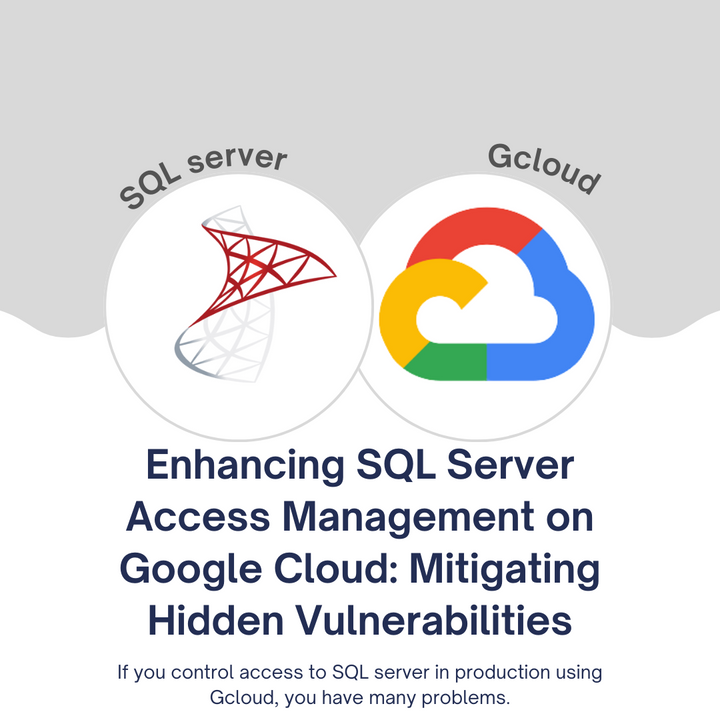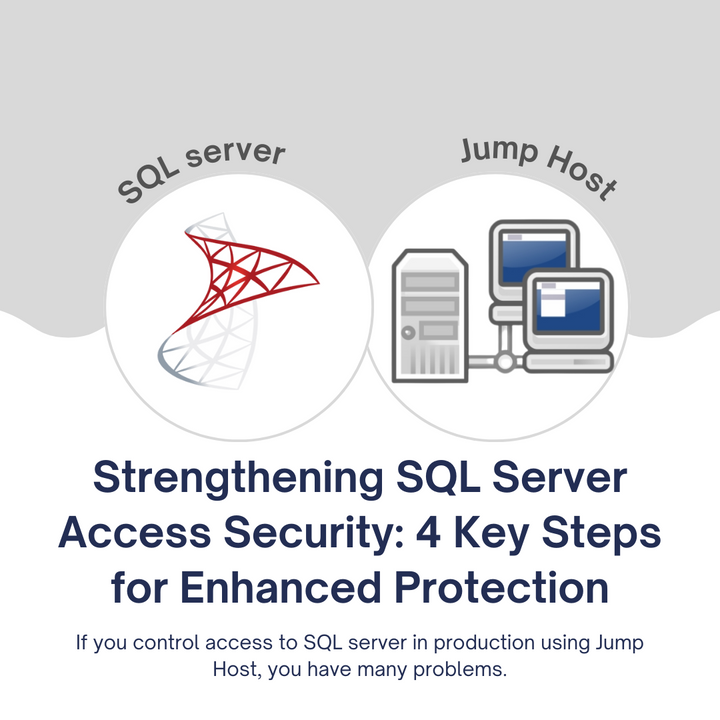Access Control Templates for Administrators
The reason most organizations struggle with data breaches and unauthorized access is that they lack effective access control templates. This happens because many administrators fail to understand the importance of organizing access control in a structured way, which can lead to security gaps and compliance issues.
In this post, we're going to walk you through:
- Understanding Access Control Templates
- Creating Effective Access Control Templates
- Implementing Access Control Templates Effectively
- Adapting Access Control Templates to Evolving Needs
- Leveraging Automation for Access Control
- Best Practices in Access Control Template Management
We're going to provide you with valuable insights and actionable tips that will help you enhance your organization's security, streamline user management, and stay compliant with regulatory requirements.
Understanding Access Control Templates
Access control templates are the foundation of robust security management in any organization. Properly configured access control templates help safeguard sensitive data and prevent unauthorized access. According to the 2021 Verizon Data Breach Investigations Report, 61% of data breaches involved credential theft.
Benefits:
- Effective access control templates streamline user management and reduce security vulnerabilities.
- Think of access control templates as the keys to different rooms in your house, with each room representing a different level of data access. Only those with the right keys (permissions) can enter certain rooms (access data).
Takeaway:
- Regular template maintenance is essential for robust security, just as you maintain locks and keys to secure your home.
Creating Effective Access Control Templates
Crafting well-structured access control templates is the cornerstone of access management. A study by IBM Security found that it takes an average of 280 days to identify and contain a data breach. Properly designed templates simplify onboarding, reduce errors, and enhance overall efficiency.
Benefits:
- Properly designed templates simplify onboarding, reduce errors, and enhance overall efficiency.
- Imagine a library where books represent data. Access control templates act like library cards, ensuring that only authorized individuals can borrow specific books.
Takeaway:
- Simplicity in access control templates is key; don't overcomplicate them.
Implementing Access Control Templates Effectively
Deploying access control templates is where theory meets practice. The Ponemon Institute reported that the average cost of a data breach in 2021 was $4.24 million. Effective implementation ensures data security, regulatory compliance, and data integrity.
Benefits:
- Effective implementation ensures data security, regulatory compliance, and data integrity.
- In an office, keycard systems control access to different rooms. Regularly checking access logs helps identify anomalies and prevent unauthorized entry.
Takeaway:
- Continuous monitoring and auditing are essential for maintaining a secure environment.
Adapting Access Control Templates to Evolving Needs
Access control templates must evolve with an organization's changing requirements. Gartner predicts that by 2025, 99% of firewall breaches will be due to misconfigurations, not flaws. Adapting templates ensures your security measures remain effective and up-to-date.
Benefits:
- Adapting templates ensures your security measures remain effective and up-to-date.
- Embrace change and adapt your access control templates to maintain security and relevance.
Takeaway:
- Embrace change and adapt your access control templates to maintain security and relevance.
Leveraging Automation for Access Control
Automation can streamline the management of access control templates. A report by McKinsey & Company states that automation can reduce operational costs by up to 60%. Automation increases efficiency, reduces human error, and allows for faster responses to security incidents.
Benefits:
- Automation increases efficiency, reduces human error, and allows for faster responses to security incidents.
- Automation enhances template management, but human judgment is essential for maintaining security.
Takeaway:
- Automation enhances template management, but human judgment is essential for maintaining security.
Best Practices in Access Control Template Management
Implementing best practices is crucial for ensuring access control templates remain effective. The Cybersecurity and Infrastructure Security Agency (CISA) recommends regular access control reviews. Following best practices maximizes the security and compliance benefits of access control templates.
Benefits:
- Following best practices maximizes the security and compliance benefits of access control templates.
- Best practices are your guide to maintaining strong access control.
Takeaway:
- Best practices are your guide to maintaining strong access control.
In conclusion, access control templates are a critical component of data security and access management. By understanding, creating, implementing, adapting, and following best practices for access control templates, administrators can enhance their organization's security, streamline user management, and ensure compliance with regulatory requirements. It's not just about protecting data; it's about safeguarding the trust and integrity of your organization.



